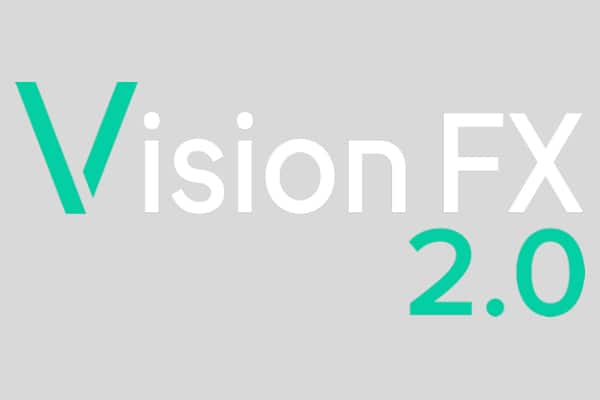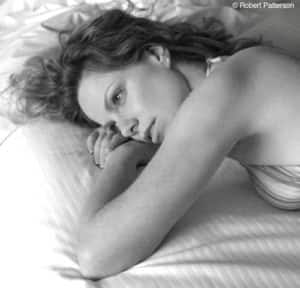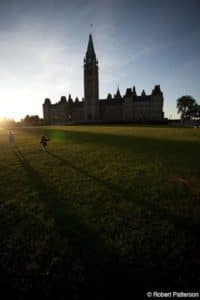Quality of light refers to the color, and hardness or softness, of light. In this tutorial you will learn about different types and sources of light (hard vs. soft) and how each can be used to convey mood and atmosphere in your photos.
Thanks for watching! We hope you found this tutorial helpful and we would love to hear your feedback in the Comments section at the bottom of the page. You will find a written version of this tutorial below, and a printable PDF copy to download on the Download Resources tab above.
Written Tutorial (PDF, 214 KB)
Download your FREE 30-day trial and make every shot your best shot with PaintShop Pro, your all-in-one photo editing and design software.
Color and Light in Photography
 PaintShop Pro 2023 Ultimate
PaintShop Pro 2023 Ultimate
 Vision FX 2.0
Vision FX 2.0
 PaintShop Pro 2023
PaintShop Pro 2023
 AfterShot Pro 3
AfterShot Pro 3
Quality of Light
Possibly the most important element in photography is light. The quality of light generally refers to the color and the softness or hardness of your light source.
For outdoor photography the best light is early in the morning or the last couple of hours before sunset. Although often referred to as the Golden Hour, that time during the last hour of daylight, you will have a couple of hours at the beginning and ending of each day in which the light is rich in color and shines at an angle that can be dramatic and emotional.
Soft Light
Soft light is light that has been diffused and casts subtle or no shadows in your photo. This is particularly desirable for portrait photography or scenes in which you would wish to convey serenity. Shooting outside on cloudy or foggy days provides very nice soft light. Faces photographed in this kind of light are flattered by a lack of harsh shadows around your subject’s eyes and a general smoothing of skin texture. Be careful to avoid the sky as a background though as it will be drastically brighter than your subject and will tend to become an overexposed white background or will cause your subject to become a silhouette.
When using flash, soft light can be attained using a wide variety of accessories.
Soft boxes and umbrellas are commonly used for studio flash setups and can provide a wide range of soft lighting effects. Many accessories are also available for on camera and built in flashes that will diffuse the light and do away with the harsh often undesirable look of these types of flash devices.
Hard Light
Hard light is light that is more directional in its nature vs. soft light. This will generally convey a strong emotional, more dramatic feel to a photo. The light at the beginning and the end of the day is fairly hard light and will produce shadows and strong lines. Although this light is harder than the light on a cloudy day it is balanced by the much warmer color giving photos taken at this time of day a very appealing feel. The sky in photos at this time of day will often be beautiful and dramatic and will expose a bit easier relative to your subject than you might find on a cloudy day, making for very nice backgrounds. Be careful though when shooting towards the sun with your subject in the foreground. You will need to use a flash or a reflector to light your subject in this situation or you will end up with a silhouette.
If you are using a flash or artificial light source for a photo you will have to decide what type of feel you wish to convey. There is no right or wrong type of light, simply there is the right type of light for the image you wish to produce.
Hard light to be avoided however, is the harsh overhead light of the sun during most of the midday. This kind of light produces harsh shadows on people’s eye sockets and is generally not flattering. The landscape under this kind of light also lacks interesting shadows or color and can create difficult high contrast situations that are difficult to properly expose.
Here a flash with a soft box was used to create peaceful soft light.

Natural soft light diffused through the window gives a flattering look to the subject.

Natural soft light on a cloudy day is great for portrait type shots. Skin tones are smoothed and no shadows appear under the eyes.

The strong directional light at sunset creates dramatic shadows and a warm feeling in the photos.

You really can’t go wrong with the warm light at sunset.

Light around midday tends to produce harsh, unflattering shadows in peoples eye sockets due to its hard directional properties. It also lacks the warm rich color of the sun in the morning or at sunset.


Download your FREE 30-day trial and make every shot your best shot with PaintShop Pro, your all-in-one photo editing and design software.

